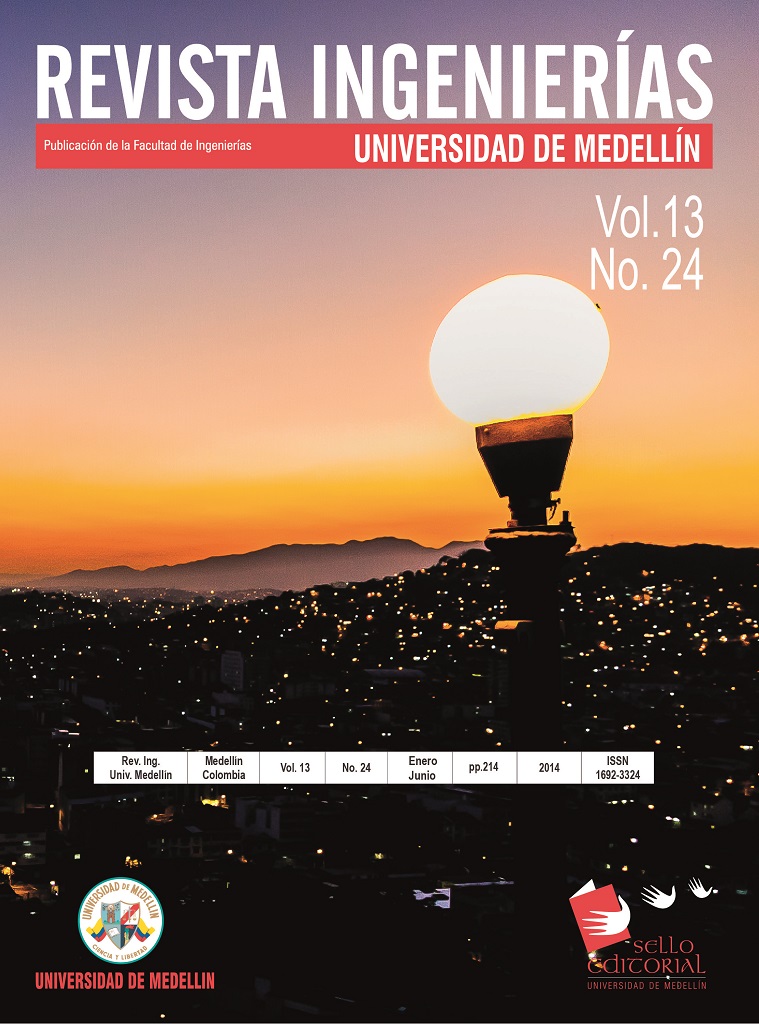Comparative analysis of continuous simulation hydrological models in high-mountain watersheds: Chinchiná River case
- Articles
-
Published: November 10, 2014
Abstract
Hydrological modelling is the basis for the comprehensive management of hydrological resources, and in the case of high-mountain watersheds, it involves a complex physicochemical process interaction. This study, conducted in the Chinchiná river watershed (Colombia), poses a multimodel analysis in order to capture the uncertainty associated with the hydrological modelling by means of seven hydrological models, continuous simulation rain-runoff, monthly-scale aggregates, with different complexity levels. The capability to reflect the hydrological response was analyzed through graphical and statistical methods. The results exhibited in the statistical indicators, the hydrographs, and the discharge duration
curves allow a better compression of the runoff in high-mountain watersheds. The Tetis and abcd concept models, as well as the ARMA (1,1) Salas & Smith auto-regressive model, satisfactorily captured the mean discharge, and they could be applied for the estimation in non-appraised watersheds in the zone of the study


















